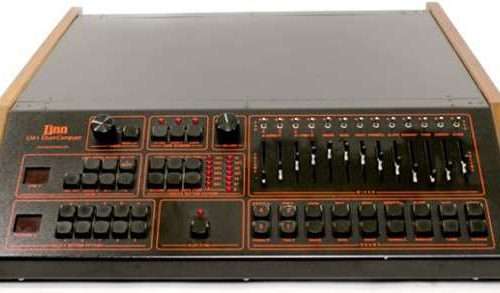Simple piano chords from black keys
Continuing the conversation about how to play chords on the piano, let’s move on to chords on the piano from the black keys. Let me remind you that the simplest chords in our field of attention are major and minor triads. Using even only triads, you can “decently” harmonize almost any melody, any song.
The format we will use is a drawing, from which it is clear which keys need to be pressed in order to play a particular chord. That is, these are a kind of “piano tablatures” by analogy with guitar tablatures (you’ve probably seen grid-like signs that show which strings need to be clamped).
If you are interested in piano chords from white keys, refer to the material in the previous article – “Playing chords on the piano.” If you need sheet music decodings, they are given in another article – “Simple chords on the piano” (directly from all sounds). Now let’s move on to the piano chords from the black keys.
Db chord (D flat major) and C#m chord (C sharp minor)
Chords from black keys are taken in the most common form in which they are found in musical practice. The problem is that there are only five black keys in the octave, but each of them can be called in two ways – for example, as in this case – D-flat and C-sharp coincide. Such coincidences are called enharmonic equality – this means that the sounds have different names, but sound exactly the same.
Therefore, we could quite easily equate the Db chord to the C# chord (C-sharp major), because such a chord also occurs and is not so rare. But the minor chord C#m, although it can theoretically be equated to Dbm (D-flat minor), we will not do this, since you will hardly ever come across the Dbm chord.
Eb chord (E-flat major) and D#m chord (D-sharp minor)
We can replace the D-sharp minor chord with the often used chord Ebm (E-flat minor), which we play on the same keys as the D-sharp minor.
Gb chord (G flat major) and F#m chord (F sharp minor)
The major chord from G-flat coincides with the F# chord (F-sharp major), which we play on the same keys.
Ab chord (A flat major) and G#m chord (G sharp minor)
The enharmonic equality for a minor chord from the G-sharp key represents the Abm chord (A-flat minor), which we play on the same keys.
Bb chord (B flat major) and Bbm chord (B flat minor)
In addition to the B-flat minor chord, on the same keys you can play the enharmonically equal chord A#m (A-sharp minor).
That’s all. As you can see, there are not many piano chords from black keys, only 10 + 5 enharmonic chords. I think that after these tips, you will no longer have questions about how to play chords on the piano.
I recommend keeping this page bookmarked for a while, or sending it to your contact, so that you always have access to it until you memorize all the chords on the piano and learn to play them yourself.




